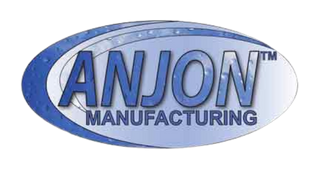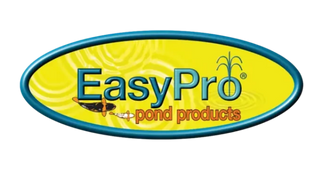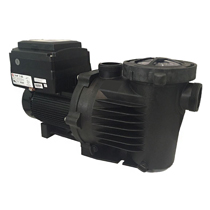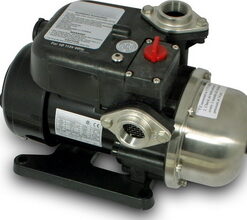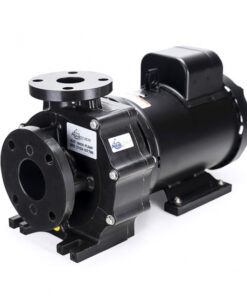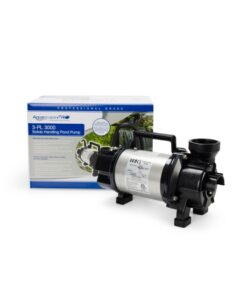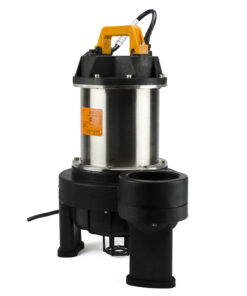Subtotal: $59.99
PerformancePro ArtesainPro Dial-A-Flow Variable Speed High Flow Pumps
Price range: $1,934.20 through $2,534.60
- 230V, Oil-Free Water Pump Include 3″ Unions, Optional Salt Water Kits
- Variable Frequency Drive Motor Maintains Consistent Water Pressure
- Enclosed Fan Cooled Protection for Maximum Performance
- Professional-Grade External Water Pump, Made in the USA
| Stock | size | Price | |
|---|---|---|---|
| AP1.6N-HF-DAF Artesian Pro Dial a Flow High Flow | $1,934.20 | ||
| AP2.7N-HF-DAF Artesian Pro Dial a Flow High Flow | $2,534.60 |
Description
Product Details
The PerformancePro ArtesianPro Dial-A-Flow High Flow Pump is a high-efficiency, variable-speed pump that delivers optimal water flow for demanding applications. With its ability to handle fresh and salt water, this pump is ideal for applications needing to move large amounts of water. Available in two models, the 1.65 HP pump provides a maximum flow rate of 12,245 gallons per hour (GPH). In contrast, the more powerful 2.7 HP model can handle up to 16,080 GPH, giving users the flexibility to meet various water flow requirements. Constructed with weather-resistant polypropylene, this pump is durable for long-term use. Its self-priming feature ensures hassle-free start-ups. The transparent lid allows easy access to the integrated strainer basket, making maintenance simple and quick.
The variable-speed motor is made in the USA to offer precise control over water flow, allowing pump speed adjustments to meet specific quality control. Improving energy efficiency ensures quiet operation, making the water pump an excellent choice for noise-sensitive environments. Equipped with premium protection features, including an enclosed fan-cooled (TEFC) 230V motor, the pump is safeguarded against overheating and wear, for reliable performance and continuous operation.
The ArtesianPro High Flow Pump is designed for durability and safety, featuring stainless steel shaft seals with excellent corrosion resistance. It includes a convenient LCD backlight display and an integrated timer interface for easy monitoring and control. The external pump design protects against oil leaks and electrical hazards, enhancing the pump’s safety and longevity. Includes 3-inch unions for simple installation. Pumps do not include an electrical cord, and we recommend having them hard-wired by a qualified electrician. Salt water kits are available for those using the pump in harsher environments, such as brackish or salt water.
Tech Specs

12,240 GPH (AP-1.6-HF-DAF)
|

16,080 GPH (AP-2.7-HF-DAF)
|
|
|---|---|---|
| Pump Series | Dial-A-Flow AP High Flow | Dial-A-Flow AP High Flow |
| External Pump Use | Out of Water | Out of Water |
| Application | Fresh Water or Salt Water* | Fresh Water or Salt Water* |
| Approx. Dimensions | 30.98″L x 11.25″W x 16.85″H | 30.98″L x 11.25″W x 16.85″H |
| Oil-Free Motor Type | Self-Priming Centrifugal | Self-Priming Centrifugal |
| Electric Motor Enclosure | Totally Enclosed Fan-Cooled (TEFC) | Totally Enclosed Fan-Cooled (TEFC) |
| Intake & Discharge Ports | 3″ Ports w/ 3″ Unions Included | 3″ Ports w/ 3″ Unions Included |
| Total Horse Power (THP) | 1.65 HP | 2.7 HP |
| Max Flow Rate | 12,240 GPH | 16,080 GPH |
| Max Head Pressure | 41.9 Feet | 58.4 Feet |
| Frequency | Variable | Variable |
| Speed (Revolutions per Minute) | 3,450 RPM | 3,450 RPM |
| Volts/Phase | 230/1/60 | 230/1/60 |
| Max Amps | 6.7 (@230V) | 10.8 (@230V) |
| Max Watts | 1,500-Watts | 2,500-Watts |
| Power Cord Length | No Cord | No Cord |
| Warranty | 3-Year Fresh Water Applications 1-Year Salt Water Applications |
3-Year Fresh Water Applications 1-Year Salt Water Applications |
*Salt water kits are available at the time of pump purchase and are recommended for hard water, brackish or salt water.
How It Works
PerformancePro Variable Speed Pumps should be installed in a dry environment by a qualified electrician. This external pump is built with an electric motor that utilizes centrifugal force to generate water flow that travels into the strainer pot, filtering out debris.
Self-Priming
PerformancePro Dial-A-Flow Series Pumps are self-priming pumps, meaning it primes and operates at varying heights up to 9 feet above the water source surface as well as varying horizontal lengths.
If after starting the pump you notice it takes more than 3 minutes for water to start flowing into the priming pot after being filled with water and energized, it is recommended to install a rubber flapper type swing check valve. The valve should be as low and as close to your source water as possible to maintain constant pressure and shorten prime time.
The best location can even be underwater when possible as this can provide an air tight fit even without PVC adhesive. Some swing check valves have true union connection fittings that offer easier access for cleaning when needed. Never use a spring loaded check valve as it will reduce or stop flow.
Installation Guide
Place the pump low and near the water source to prime quickly and achieve optimal performance.
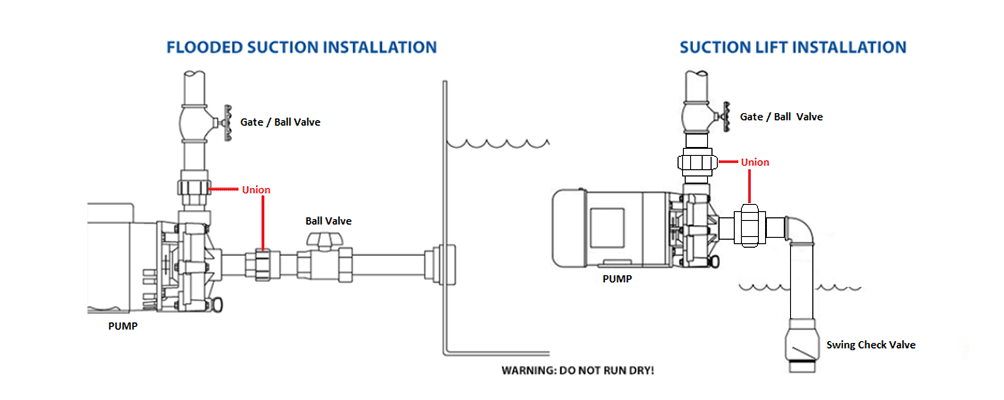
Flooded Suction
• Ideal setup as it does not require priming.
• Ball Valve installed before and after the pump for ease of maintenance.
If the water source is higher than the pump, opening the supply valve will fill the pump with water. This applies to flooded suction systems. We recommend opening the strainer pot lid on both flooded and non-flooded systems.
Add water and clean the lid O-ring. Finally, close the lid tightly before starting.
Once you fill the priming pot and open the supply valves (if present), your pump is ready to prime. Turn the motor on by plugging in the unit or switching on the power supply.
Priming will vary in length. Water should continue flowing into the basket as the pump passes the priming process. The priming process should not take longer than 15 minutes.
The pump should never run dry. If the water stops flowing into the strainer pot, shut the pump off immediately and see the manual for Troubleshooting Tips.
When you start the pump, the water level in the housing should decrease rapidly. Only a small amount of water should enter the pump within 3 minutes. There is no need to be alarmed as this is normal. If no air leaks, the water flow will slowly increase, and the pump will work at its best.
Suction Lift
• Suction lift can be installed with a Swing Check Valve.
• Check Valve installation is recommended below water level to avoid dry running unit and aids in priming.
The pump ports are 3” slip on both the inlet and discharge ports. The 3″ fittings included with your pump should connect to PVC or flex pipe plumbing.
All plumbing lines should be self-supported and properly aligned. This will prevent undue stress on the housing and fittings. We recommend using a good primer and PVC cement to glue the pipe to the tailpiece fittings.
To stop back-flow or reverse rotation, use a ball or swing check valve when the pump is below water level. A ball valve will supplement a swing check valve and allow flow adjustments.
FILL THE PRIMING POT WITH WATER BEFORE STARTING THE PUMP.
Be sure your installation location is no higher than 9 feet above the water surface level. We recommend using a 3″ tube.
It is best to avoid adding too many fittings or strainers. This will prevent the water flow from slowing down and the pump from taking longer to start. Refer to the Pump Operation information in the manual.
When determining pump placement, it is important to consider the distance and height from the water source. Place the pump no more than 9 feet above the water source to ensure a good prime time. Positioning is also important to maintain the pump’s ability to stay primed and minimize cavitation.
Pump Maintenance
The strainer basket in the priming pot should be inspected and cleaned at least one (1) time per week, more often if excessive debris is present in the operating environment. Also look for any leaks between the motor and pump housing is present, replace the mechanical seal.
Winterization
In freezing environments it is advisable to winterize your pump to prevent damage. Do not allow pump or system plumbing to freeze, as freezing can cause damage that may lead to equipment failure.
How to Read a Water Pump Flow Chart
The Flow Chart below is designed to allow you to plot your pond’s water-flow requirements, and easily determine which pond pump will meet those requirements.
Start by calculating your pond’s specific water-flow requirements, measured by Head Pressure (Feet) and Gallons Per Hour (GPH) water flow.
Flow Charts


Aim for the Middle of the Curve:
After plotting your calculation on the Flow Chart, find a pump that falls in the middle third of the pump curve, not too close to either axis. Pumps that fall on the fringes of the curve will not work as efficiently for your application, and they will be pushed to their operating limits, reducing their life span.
Other Considerations When Choosing a Pump:
It’s Better to Oversize than Undersize: You are better to slightly oversize a pump than to undersize. When oversizing, you can always install a ball valve to reduce the water down to your desired flow.
Check Your Other Equipment: Choose a pump that does not exceed the indicated maximum flow rate on your filter or water feature. Also, be sure the tubing you select can handle the flow rate of your pump.
Additional information
| size | AP1.6N-HF-DAF Artesian Pro Dial a Flow High Flow, AP2.7N-HF-DAF Artesian Pro Dial a Flow High Flow |
|---|

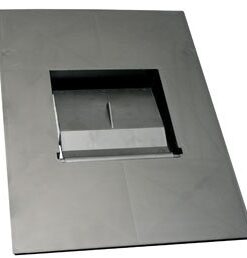 Aquascape Signature Series 8.0 Pond Skimmer Weir Plate Assembly (MPN 29056)
Aquascape Signature Series 8.0 Pond Skimmer Weir Plate Assembly (MPN 29056) 



